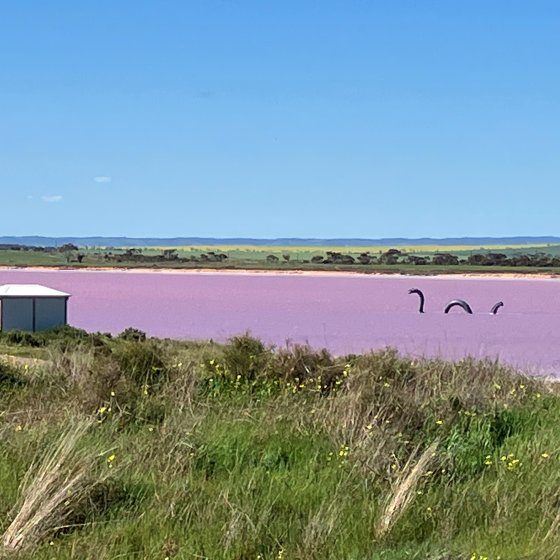- Home
- Environmental Themes
- Waters
- Resources
Resources
Previous SOERs
- Australia SOER 2021 Inland Water
- Previous South Australian SOER chapters on inland waters:
- Liveability – Water Supply and Stormwater
- River Murray
- Climate
Data and research
- WaterConnect – Information on water resources and management including data, research and monitoring.
- DEW water monitoring – Measures the quantity and quality of groundwater and surface water.
- DEW water data – Near real time and historical data for selected groundwater and surface water sites.
- BoM groundwater information – Nationally consistent data and information products designed to inform research and decision making on groundwater resources.
- Water Resources Assessments of Groundwater and Surface Water – Provides information on streamflow and groundwater levels from 2011 to 2020.
- Goyder Institute – Undertakes research on various aspects of water, including water for cities and people, the environment, agriculture, mining and climate resilience.
- National Centre for Groundwater Research and Training (headquartered at Flinders University) – Is a partnership between 15 universities, 19 government agencies and industry organisations to foster collaboration between scientists, government and industry that aims to improve knowledge and management of Australia’s groundwater resources.
- National Land Cover Account – Includes information on natural aquatic vegetation cover and areas covered by water. An interactive map is available that provides information for South Australia.
General information
- Water in Australia 2019–20 – Draws on a range of BoM information to describe the characteristics of Australia's water resources availability and use for the period 1 July 2019 to 30 June 2020.
- National Water Account 2022 – Provides information on water resources and use for the Adelaide region.
- Water quality management at the EPA – The EPA works to protect South Australian waters from the adverse impacts of pollution that might reduce their value for current and future generations. This includes our creeks, streams, rivers, coastal waters, groundwater and aquifers.
- DEW and Landscape SA – Responsible for managing water in South Australia. This includes water allocation and licensing, permits for water-affecting activities, managing water resources and flooding.
- National Water Account by the BoM – Provides information on rainfall, storage and water use for Adelaide and nationally.
- Protecting Australia’s Aquatic Animal Health – Provides information on what can be done to minimise the introduction of pests and diseases into the environment.
Management and regulation
- Water Quality Australia – Provides tools and resources to guide water managers, researchers, industry and state, territory and local governments in developing and implementing water quality plans and strategies.
- Environment Protection (Water Quality) Policy 2015 – Administered by the EPA and manages pollution to waters and identifies environmental values for water, which includes aquatic ecosystems, recreation and aesthetics, drinking water and primary industries.
- Water allocation plans – Set out the rules, under the Landscape South Australia Act 2019, for managing the take and use of prescribed water resources to ensure they are used sustainably.
- Water Industry Act 2012 – Assesses current and future demand for water within South Australia and outlines policies, plans and strategies relevant to ensuring that the state's water supplies are secure and reliable and are able to sustain economic growth within the state.
- SA Water – Responsible for managing the supply of water and sewage services to the South Australian community.
- Strategic Water Science Plan – Describes how the EPA addresses water quality issues that affect surface water and groundwater systems as well as coastal waters in South Australia. The plan delivers five programs that will support science being undertaken at the EPA.
- Subsurface groundwater ecosystems – Briefing report produced by the EPA in 2015 on the current knowledge, monitoring considerations and future plans for South Australia.
